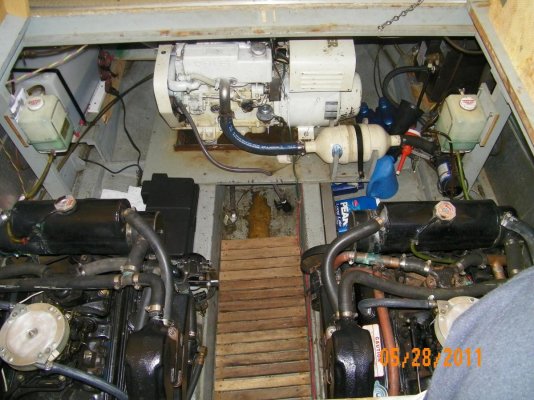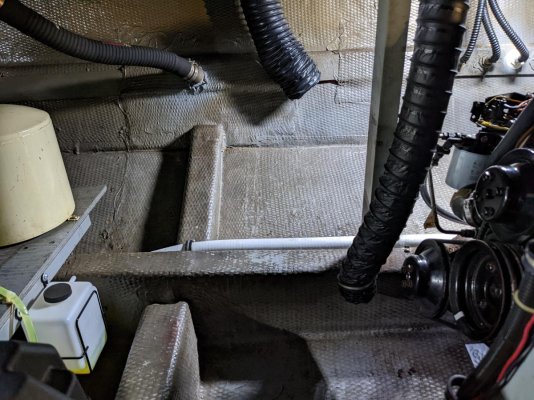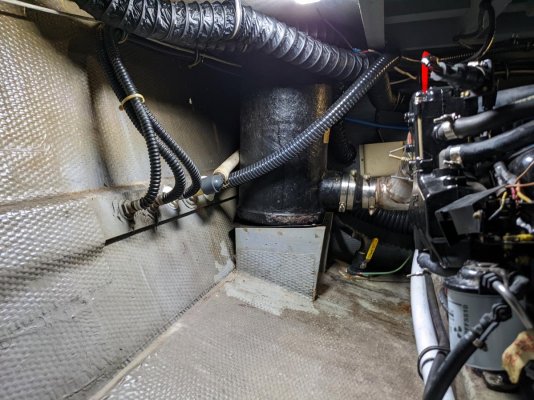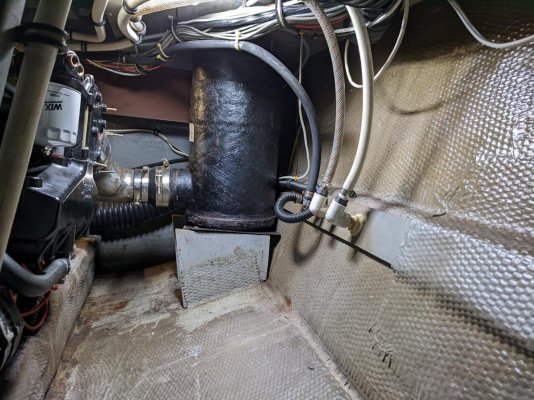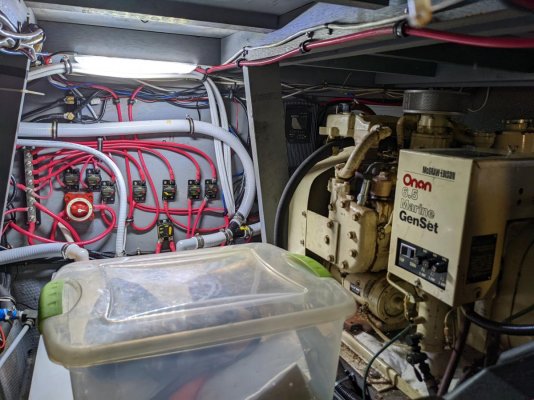We are new to this type of boating. Stepping up from a 19.5' open bow to hopefully a 36'-44' trawler. I would prefer a single engine but there are several nice vessels for sale with twins.
What would the operating cost difference be between the single verses twins.
Standard Preventative Maintenance Costs?
Fuel Consumption?
What motors to stay away from?
Deb and I have been happily married for 28 years. I don't think the docking learning curve with either (single or twin) is going to have a negative effect on our marital bliss.
Are there any other +/- of single engines verses twins?
Thanks for your input and this forum is great!
Peter and Deb
What would the operating cost difference be between the single verses twins.
Standard Preventative Maintenance Costs?
Fuel Consumption?
What motors to stay away from?
Deb and I have been happily married for 28 years. I don't think the docking learning curve with either (single or twin) is going to have a negative effect on our marital bliss.
Are there any other +/- of single engines verses twins?
Thanks for your input and this forum is great!
Peter and Deb



